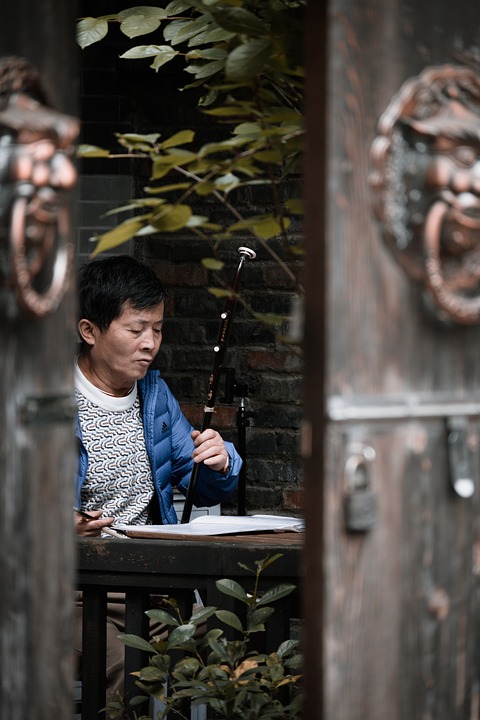Uncovering Hidden Gems: Forgotten Musical Heritage
Music has always been an integral part of human culture, serving as a form of expression, storytelling, and entertainment. Throughout history, different genres and styles of music have emerged, reflecting the diverse experiences and perspectives of different groups of people. However, not all forms of music receive the recognition and attention they deserve. Some musical traditions are often overlooked or forgotten, leaving behind hidden gems waiting to be uncovered and appreciated.
The Importance of Preserving Musical Heritage
Preserving musical heritage is crucial for understanding the rich tapestry of human history and culture. Music has the power to transcend language barriers and connect people from different backgrounds. By preserving traditional musical forms, we can gain insights into the thoughts, emotions, and daily lives of past generations. Additionally, preserving musical heritage allows us to pay tribute to the contributions of musicians and composers who may have been marginalized or overlooked during their lifetimes.
However, not all forms of music receive equal attention and recognition. In many cases, musical traditions that are considered niche or non-commercial may be at risk of being forgotten. This is especially true for indigenous music, folk music, and regional music styles that may not fit into mainstream commercial categories.
Uncovering Forgotten Musical Gems
One way to uncover hidden gems of musical heritage is through research and exploration. Music historians, ethnomusicologists, and cultural anthropologists often dedicate their careers to studying and preserving traditional music forms. By delving into archives, conducting fieldwork, and interviewing musicians and communities, researchers can unearth forgotten musical traditions and bring them to light.
Another way to uncover hidden musical gems is through dedicated individuals and organizations who are passionate about preserving cultural heritage. These music enthusiasts may collect rare recordings, attend live performances, and organize events to showcase traditional music styles. By sharing their discoveries with wider audiences, these individuals play a vital role in ensuring that forgotten musical traditions are not lost to history.
Examples of Forgotten Musical Heritage
One example of forgotten musical heritage is the music of the Garifuna people of Central America. The Garifuna are an Afro-indigenous community with a unique musical tradition that fuses African rhythms with Caribbean melodies. Despite their rich cultural heritage, Garifuna music is not widely known outside of their communities. Through initiatives such as music festivals and cultural exchange programs, the Garifuna people are working to preserve and promote their musical heritage.
Another example of forgotten musical heritage is the music of the Sámi people of Northern Europe. The Sámi are an indigenous group whose traditional music incorporates yoik, a form of vocal music that is passed down through generations. Despite facing cultural assimilation and suppression, the Sámi people are working to revitalize their musical traditions and ensure their continuity for future generations.
Challenges in Preserving Musical Heritage
Preserving musical heritage is not without its challenges. In many cases, traditional music forms are at risk of being lost due to cultural assimilation, globalization, and changing social norms. Additionally, lack of funding, infrastructure, and institutional support can hinder efforts to document, archive, and promote traditional music styles.
Another challenge in preserving musical heritage is the issue of cultural appropriation. Some traditional music forms have been appropriated by mainstream artists without proper acknowledgment or respect for the original creators. This can lead to the erasure of cultural identities and the commodification of indigenous knowledge and artistry.
Conclusion: Celebrating Musical Diversity
Uncovering hidden gems of musical heritage is a vital step in celebrating the diversity of human culture and honoring the contributions of marginalized musicians and communities. By shining a spotlight on forgotten musical traditions, we can expand our understanding of music as a universal language that transcends borders and connects us to our shared humanity.
As we continue to explore and appreciate the rich tapestry of global music, let us remember the importance of preserving traditional music forms and supporting the voices of artists who may have been silenced or marginalized. Together, we can ensure that the legacy of our musical heritage endures for future generations to enjoy and learn from.


